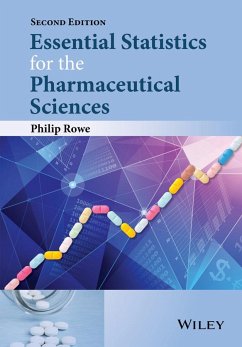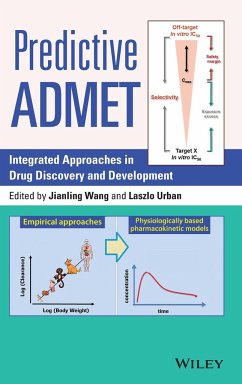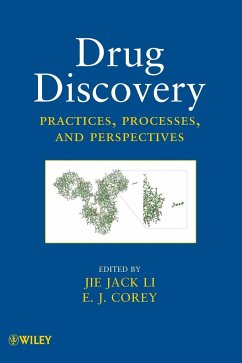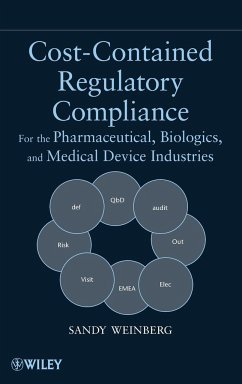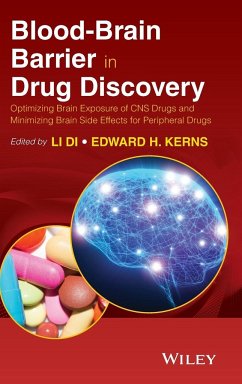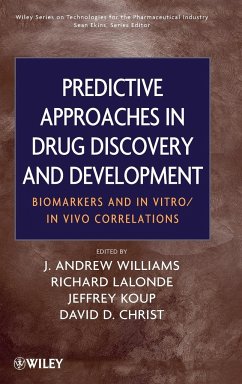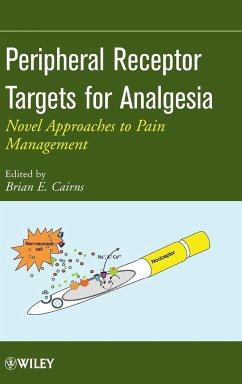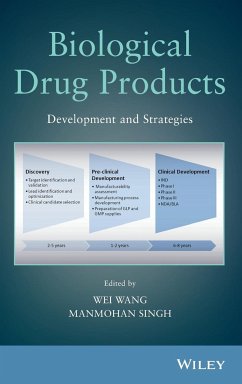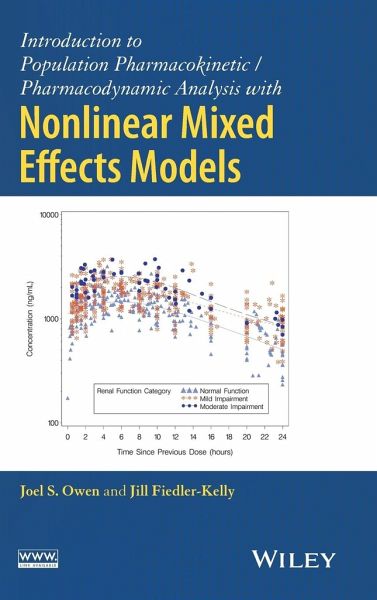
Introduction to Population Pharmacokinetic / Pharmacodynamic Analysis with Nonlinear Mixed Effects Models
Versandkostenfrei!
Versandfertig in über 4 Wochen
111,99 €
inkl. MwSt.
Weitere Ausgaben:

PAYBACK Punkte
56 °P sammeln!
Providing a user-friendly, hands-on introduction to the most powerful tool for population PK/PD models, Introduction to Population PK/PD Analysis with Nonlinear Mixed Effects Models introduces the reader to the NONMEM system, a powerful tool for pharmacokinetic / pharmacodynamic analysis. This useful guide helps pharmaceutical scientists and students learn the requisite information needed to perform mixed effect modeling of pharmacologic data using the NONMEM software package. Chapters discuss population model terminology, Bayesian analysis, PK/PD simulation. An associated website hosts datasets and programming code.
This book provides a user-friendly, hands-on introduction to the Nonlinear Mixed Effects Modeling (NONMEM) system, the most powerful tool for pharmacokinetic / pharmacodynamic analysis.
Introduces requisite background to using Nonlinear Mixed Effects Modeling (NONMEM), covering data requirements, model building and evaluation, and quality control aspects
Provides examples of nonlinear modeling concepts and estimation basics with discussion on the model building process and applications of empirical Bayesian estimates in the drug development environment
Includes detailed chapters on data set structure, developing control streams for modeling and simulation, model applications, interpretation of NONMEM output and results, and quality control
Has datasets, programming code, and practice exercises with solutions, available on a supplementary website
Introduces requisite background to using Nonlinear Mixed Effects Modeling (NONMEM), covering data requirements, model building and evaluation, and quality control aspects
Provides examples of nonlinear modeling concepts and estimation basics with discussion on the model building process and applications of empirical Bayesian estimates in the drug development environment
Includes detailed chapters on data set structure, developing control streams for modeling and simulation, model applications, interpretation of NONMEM output and results, and quality control
Has datasets, programming code, and practice exercises with solutions, available on a supplementary website




